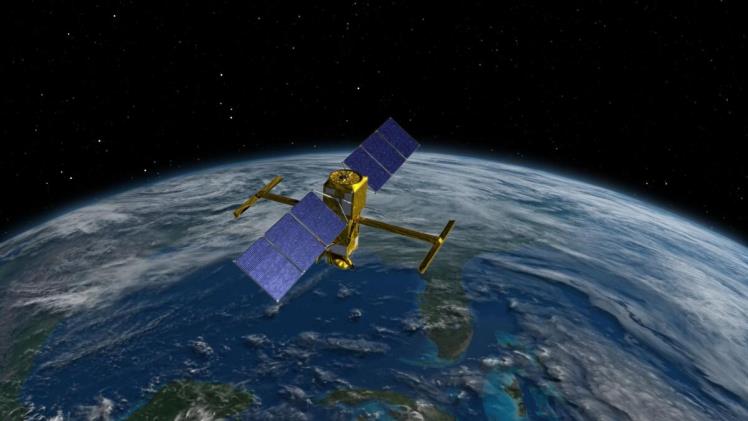NASA is widely recognized for its space exploration achievements, but the agency also plays a critical role in environmental research and Earth observation. By leveraging advanced satellite technology, data collection systems, and scientific expertise, NASA monitors and studies environmental changes on a global scale. These efforts help scientists understand climate patterns, track natural disasters, assess human impact on ecosystems, and develop strategies for sustainable living. Through research initiatives and collaborative programs, NASA contributes to a deeper understanding of Earth’s environmental systems.
Contents
- 1 How Does NASA Conduct Earth Observation?
- 2 Why Are NASA’s Programs Important for Climate Research?
- 3 What Partnerships Support NASA’s Environmental Mission?
- 4 How Does NASA’s Research Benefit Society?
- 5 What Technologies Are Driving NASA’s Environmental Initiatives?
- 6 Why Is NASA’s Work Crucial for the Future?
How Does NASA Conduct Earth Observation?
Earth observation involves the use of satellites and sensors to gather data about the planet’s atmosphere, oceans, land, and ecosystems. NASA operates numerous satellites and missions specifically designed for environmental monitoring, including Landsat, Terra, Aqua, and the Earth Observing System (EOS). These satellites collect critical information on temperature variations, sea-level rise, deforestation, air quality, and ice cover. The data is processed and analyzed to detect trends, predict environmental changes, and inform policymakers, researchers, and the public.
Why Are NASA’s Programs Important for Climate Research?
NASA’s environmental studies provide invaluable insights into climate change and its effects on the planet. By continuously monitoring greenhouse gas concentrations, ocean temperatures, and polar ice coverage, scientists can better understand the rate and impact of global warming. Long-term datasets from NASA missions allow researchers to model climate scenarios, predict extreme weather events, and assess risks to human populations and ecosystems. This information is crucial for creating effective climate policies, mitigating environmental risks, and promoting sustainable development.
What Partnerships Support NASA’s Environmental Mission?
ASA collaborates with international agencies, research institutions, and universities to expand its environmental studies and maximize the impact of Earth observation programs. Partnerships with organizations such as the European Space Agency (ESA) and the National Oceanic and Atmospheric Administration (NOAA) enhance data sharing and provide complementary perspectives. Collaborative research projects allow scientists to combine satellite data, field measurements, and modeling tools, resulting in more accurate predictions and actionable insights for global environmental challenges.
How Does NASA’s Research Benefit Society?
The findings from NASA’s environmental programs have far-reaching benefits for society. Accurate monitoring of natural disasters like hurricanes, wildfires, and floods allows for timely warnings and disaster preparedness, saving lives and reducing economic losses. Data on air and water quality helps public health officials address pollution and related health risks. Additionally, NASA’s environmental research informs sustainable resource management, supporting agriculture, forestry, and water conservation efforts.
What Technologies Are Driving NASA’s Environmental Initiatives?
Advancements in satellite instrumentation, remote sensing, and data analytics are central to NASA’s environmental efforts. Instruments like hyperspectral sensors, radar systems, and lidar technology provide precise measurements of land and ocean surfaces. Artificial intelligence and machine learning help analyze vast datasets, detect anomalies, and model future scenarios. These technological innovations allow NASA to monitor environmental changes with unprecedented accuracy and detail.
Why Is NASA’s Work Crucial for the Future?
As the world faces increasing environmental challenges, NASA’s contributions to Earth observation and environmental studies are more important than ever. The agency’s research informs global climate strategies, supports disaster resilience, and promotes sustainable practices. By understanding Earth’s systems better, humanity can make informed decisions to protect the planet and ensure a healthier, more sustainable future.
NASA’s support for environmental studies and Earth observation programs combines advanced technology, scientific expertise, and international collaboration to monitor our planet, understand environmental changes, and promote sustainability. Through these initiatives, NASA plays a pivotal role in safeguarding Earth for current and future generations.
